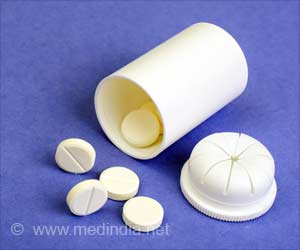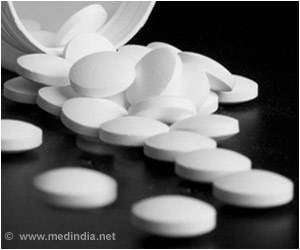A research team led by biological chemist E. Neil Marsh has created a Teflon version drug from frog skin which is a good antibiotic.
A research team led by biological chemist E. Neil Marsh has created a Teflon version drug from frog skin which is a good antibiotic. This new drug is much better at preventing bacterial defenses and it also enhances their efficiency.
This natural antibiotic called antimicrobial peptides (AMPs) is produced by all animals from insects to human especially in injured or infected frog skin, the linings of the human respiratory and gastrointestinal tracts. AMPs are the immune system's early line of defense, battling microbes at the first places they try to penetrate: skin, mucous membranes and other surfaces and crank out the short proteins in response to invading pathogens. AMPs have many medical benefits as they not only fight bacteria but also attack viruses, fungi and even cancer cells.Scientists have been interested in exploiting these natural antibiotics since their discovery in the 1980s, but they haven't been able to overcome some limitations. In particular, AMPs are easily broken down by protein-degrading enzymes (proteases) that are secreted by bacteria and are also naturally present in the body. Increasing the concentration of AMPs in an effort to get around that problem can cause toxic side effects, such as the destruction of red blood cells---those critical carriers of oxygen in the bloodstream. That seems to happen because sticky parts of the AMP molecule interact with the cell membrane in a harmful way.
Marsh had the idea of replacing sticky portions of the peptides with nonstick analogs. His inspiration came from the kitchen as much as the chemistry lab: nonstick cookware is coated with fluorinated polymers, plastic-like compounds composed of chains of carbon atoms completely surrounded by fluorine atoms. The fluorine not only makes Teflon slippery, it also makes the coating inert to almost every known chemical.
When Marsh and co-workers swapped sticky parts of their AMP molecule with nonstick, fluorinated versions, the molecules became much more resistant to proteases.
"The difference was quite striking," said Marsh, a U-M professor of chemistry. "When we treated them with purified proteases, the nonfluorinated AMPs were all degraded within 30 minutes. Under the same conditions, the fluorinated AMP was completely intact after 10 hours. We think that should make them more effective, as they'll stay around longer in the body.
"We also showed that they seem to be at least as good at killing bacteria as their nonfluorinated counterparts, and for some bacteria they're actually significantly better."
Advertisement
Though the research now has obvious practical applications, it started as an exploration in basic science.
Advertisement
Source-Eurekalert
BIN/J











